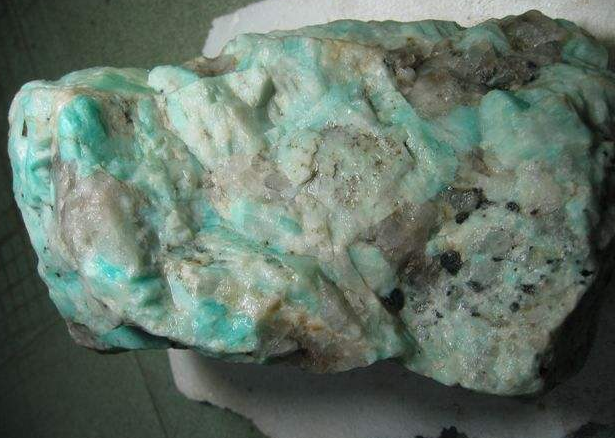Get our latest news
Copyright © 2018 cnqhkj.com Inc. All rights reserved. 浙ICP备12047550号 Powered by www.300.cn ningbo
Subscription
Tel:+86-574-65335615
Email:qinghua@qinghuakj.com
What kind of rock and mineral specimens are valuable for collection?
When it comes to collecting, people may think of collecting antiques, paintings and calligraphy, watches, jewelry, luxury cars, red wine... But there is an emerging trend of collecting recently, that is the collection of rock and mineral specimens. Mineral label collection is gradually moving towards the vision of all jewelry lovers. Mineral labels are not only peculiar in shape, beautiful and shocking, but also have the potential for appreciation, and the collection prospect is considerable.

(one)
For example, marine jasper, a variant of agate and chalcedony, is mainly composed of silicon dioxide and contains iron, magnesium, manganese, phosphorus, etc.; it can form special colors and textures, and show a variety of colors depending on the other elements it contains , brittle, cleavage is not obvious, fractured shell-like, waxy or vitreous luster, also known as marine stone.
(two)
1. Scientific research
Mineral rough stones can reveal the strata, rock structure, geological conditions, etc. of the collection site, and provide a basis for scientists to explore for ore and infer the origin.
The phenomenite is about 80 million to more than 100 million years old, and it is produced in Alberta, Canada. Due to the layer distance diffraction effect between the surface luster, it presents a unique opal-like color change. The main component of variegate is calcite, a kind of ammonite fossil, which has been transformed into the ground after tens of millions of years.
2. Beautiful
Like jewelry, rock and mineral specimens must have aesthetic properties. Many mineral specimens are crystal clear, colorful and varied, which makes people sigh at the ingenious workmanship of nature, and they are collected at home like works of art, adding a bit of beauty.
In 1890, a beautiful piece of velvet azurite was discovered in Arizona, USA, weighing about 4.9 kg and having a diameter of about 23 cm.
3. Value preservation
Rock and mineral specimens are beautiful, rare, and have scientific research value. They are non-renewable resources that are gifted by nature and cannot be found. A good mine mark is worth a thousand dollars.

